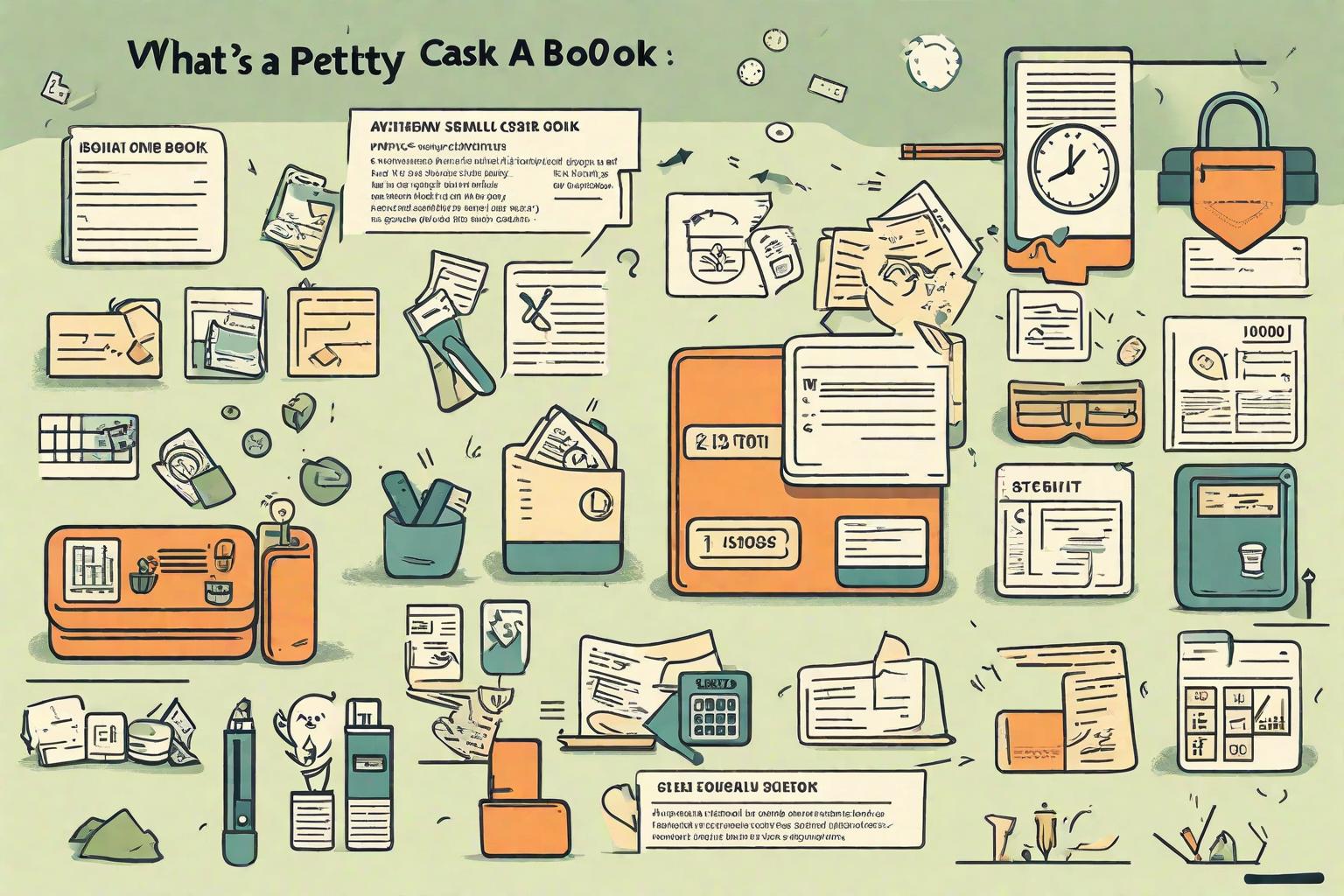Cash book maintained to record small expenses is called: An Introduction

In the realm of business finance, maintaining accurate records is a cornerstone for success. Among the various financial records, one that often goes unnoticed but plays a crucial role is the ‘Petty Cash Book’. This article aims to shed light on what a Petty Cash Book is, its significance, and how it is effectively used to record small, incidental expenses in a business setting.
Read this also Accounting records transaction in terms of: Transaction Insights in Terms of Business Financials(2024)
You must go through this What is Lite Service in Google Pay? Your Quick Guide to Faster, without pin Payments(2024,updated)
Table of Contents
What is a Petty Cash Book?

The Petty Cash Book is a financial ledger that is specifically used for recording small expenses within a business. These expenses are typically too minor to be processed through the more formal and complex accounting systems used for larger transactions. Examples of such expenses include office supplies, postage, minor repair costs, and small-scale travel expenses. The Petty Cash Book functions as a subsidiary ledger that complements the main accounting records.
Why is Maintaining a Petty Cash Book Important?
- Simplifies Small Transactions: Instead of processing numerous small transactions through the main accounting system, the Petty Cash Book streamlines the recording process, making it more efficient and less time-consuming.
- Prevents Mismanagement: Small expenses can add up over time. Without proper tracking, these expenses can lead to significant financial discrepancies. The Petty Cash Book helps in preventing such mismanagement.
- Eases Reconciliation: Reconciling accounts becomes much easier with a dedicated record for minor expenses. It ensures that all financial activities, no matter how small, are accounted for.
- Improves Financial Accuracy: Accurate recording of all transactions, big or small, enhances the overall financial accuracy of the business.
How to Maintain a Petty Cash Book

- Setting Up a Petty Cash Fund: Determine the amount of petty cash needed and keep this money in a secure place. This fund will be used to cover small expenses.
- Recording Transactions: Every time an expense is made from petty cash, it should be recorded in the Petty Cash Book. This record includes the date, amount, nature of the expense, and the recipient’s name.
- Regular Replenishment and Review: The fund should be replenished regularly, and the Petty Cash Book should be reviewed to ensure that all entries are accurate and justified.
- Reconciliation with Main Accounts: Periodically, the Petty Cash Book should be reconciled with the main accounting records to ensure consistency and accuracy.
Best Practices for Managing a Petty Cash Book

- Limit Access: Access to petty cash should be limited to a few responsible individuals to maintain control and reduce the risk of misuse.
- Set a Threshold: Establish a maximum amount for a single transaction to ensure that the petty cash is used only for minor expenses.
- Keep Receipts: Always ask for receipts for every expense made from petty cash, as this serves as proof and aids in accurate record-keeping.
- Regular Audits: Conduct regular audits of the Petty Cash Book to detect any discrepancies or irregularities.
Conclusion
In conclusion, the Petty Cash Book is an essential tool in the arsenal of business financial management. Its role in recording small, everyday expenses ensures businesses have a complete and accurate picture of their financial health. By following best practices in maintaining a Petty Cash Book, businesses can achieve higher financial discipline and control, ultimately contributing to their overall efficiency and success.
FAQs
What is the difference between a Petty Cash Book and a Cash Book?
A Petty Cash Book is specifically for small, incidental expenses, while a Cash Book records all cash transactions, including both receipts and payments.
How often should the Petty Cash Book be reconciled?
It varies depending on the volume of transactions, but typically, it should be reconciled monthly.
Can digital tools be used for maintaining a Petty Cash Book?
There are several digital accounting tools available that can effectively manage petty cash transactions.
Is it mandatory for all businesses to maintain a Petty Cash Book?
While not legally mandatory, it is highly recommended for better financial management.
Who should be responsible for the Petty Cash Book?
It is usually managed by a designated employee, often someone in a financial or administrative role.

